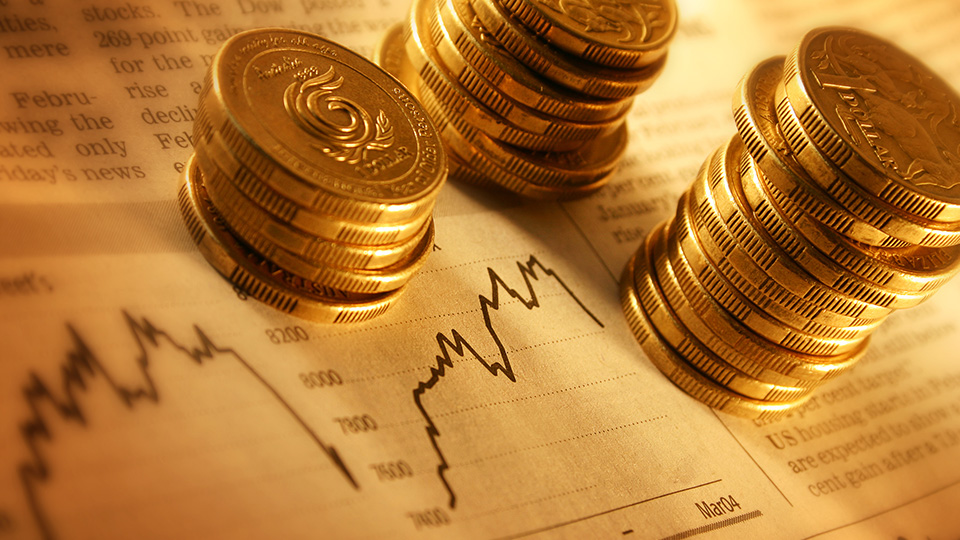The Australian share market had a relatively strong start to the quarter on the back of a positive earnings reporting season that saw the majority of companies meet or exceed earnings forecasts.
On the downside, there were mixed performances by financial stocks.
In particular, the big four banks faded through September due to the ongoing fallout from the Royal Commission into Misconduct in the Banking, Superannuation and Financial Services Industry.
AMP also felt the impact of revelations from the Royal Commission, falling more than 10% over the quarter.
Late fade
Markets, in general, sold off over September driven by a number of factors.
There was the escalation in trade tensions between the US and China, with the US imposing tariffs on a range of Chinese products, and China retaliating with tariffs on US goods.
Weaker commodity prices and concerns about Brexit uncertainty also unnerved investors.
That said, resource companies including BHP, Rio Tinto and Woodside Petroleum performed well in the latter part of September.
Many global share markets made gains with the US also experiencing positive corporate earnings results.
The S&P 500 rose 6.9% over the quarter and posted record highs through September.
Further boosts to sentiment came from solid data out of Europe and Japan, with Japan performing particularly well in September.
On the downside, concerns over political uncertainty in Italy and economic concerns in emerging markets impacted markets.
Local issues
Local confidence was boosted by the unemployment rate falling to six-year lows.
News that the economy expanded at the fastest pace in six years in the previous quarter also helped improve sentiment.
As expected, the Reserve Bank of Australia (RBA) kept interest rates on hold at 1.5%.
Wage growth and inflation remain low and the RBA expressed its comfort with current policy settings.
The Australian economy expanded at a slightly higher rate than expected in the previous quarter, with annual growth increasing to 3.4%.
The Australian dollar fell due to increased trade tensions, weaker commodity prices and a widening of the interest rate differential between Australia and the US.
Outlook
From Brexit to the US-China trade war, a range of issues make for a murky outlook at present.
On the local front, further property price falls in Sydney and Melbourne and increasing concern over high levels of household debt continue to dampen consumer confidence and household consumption.
On the other hand, significant infrastructure projects around Australia will be positive for growth.
While some investors may be feeling nervous over the most recent corrections seen in many markets, it’s important to keep the long-term strategy in mind.
However, if you have any concerns regarding your portfolio, be sure to talk to your financial adviser.






